Iran and Saudi Arabia have a fiery rivalry that goes a long way back, a struggle for power that has a major impact across the region. But the recent crisis has revealed just how toxic that struggle can be — and how far-reaching its impact, both politically and economically.
Despite what the ruling classes of both countries want their people, and the wider world, to believe, in reality, Iran and Saudi Arabia are strikingly similar. They face the same economic challenges, while sharing similar aims and approaches to governance.
Both countries depend on oil revenues to provide widespread welfare programs for their people. Both are vulnerable to drops in oil prices. Following the controversial election of 2009 and the rise of Green Movement, the Islamic Republic of Iran moved quickly to substitute monthly cash handouts for energy and other subsidies. The regime initiated low interest rate loan programs under different pretexts and fortified its rule through meeting the housing demands of its loyal supporters. And the Kingdom of Saudi Arabia did the same following the unrest of the Arab Spring in 2011: King Abdullah, then the absolute ruler of the kingdom, moved quickly to allocate US$93 billion in financial aid, debt alleviation and loan programs. It bought time to address unemployment and social grievances, preempting an uprising similar to that in Cairo’s Tahrir Square.
But the bloody, ruthless conflict in Syria, which started at the time of the Arab Spring and continues to this day, provided a new landscape for Saudi-Iranian competition. And this time their rivalry cost them both dearly.
As Iranian and Saudi citizens debate the possibility of a military clash between their countries, a brief glance at the expenses both regimes have incurred in recent years plainly shows that they have already been engaged in war for four years. Though both regimes have avoided deploying their own military forces, funding proxy wars in Syria and Yemen has meant that the treasuries of both regional powers have been engaged in what amounts to a real war. This war is becoming increasingly unaffordable as oil prices sharply decline.
Nadim Shehadi, director of the Fares Center for Eastern Mediterranean Studies at Tufts University, estimates that Iran has provided Syria's Bashar Al-Assad government with between US$14 and 15 billion in annual aid since the start of Syrian civil war. If these figures are correct, then Iran has spent $60 billion in Syria over the last four years — in addition to the cost of supporting Iraqi and Kurdish militia and military forces in the fight against Daesh (ISIS). It is no secret that Iran has provided military advisors, volunteers and supplies to anti-Daesh forces in Iraq.
No similar estimate is available for the amount Saudi Arabia has spent in Syria. But the kingdom does train and support Islamic Front forces and groups in Syria. In 2013, Saudi Arabia promised to arm and to train Jaysh Al-Islam, a Salafi rebel alliance made up of more than 60 rebel groups. Liwa Al-Islam, under the command of Zahran Alloush — who was killed in a Russian airstrike on December 25, 2015 — was the leading group in the coalition when it was founded in 2013. Jaysh Al-Islam has 45,000 fighters at its disposal, supported by mechanized units and armored columns. Benefiting from Saudi Arabia’s support and patronage, Jaysh Al-Islam’s role in the Islamic Front is the most serious and the most significant fighting force in Syria, and it is among the best armed of the anti-Assad groups. It accepts foreign volunteers and its leaders have vowed to increase their ranks to 100,000. It is not cheap to keep an army this size battle-worthy and well equipped — Saudi Arabia has spent millions of dollars in Syria trying to do so.
Saudi Arabia’s government also dispenses large sums of money outside Syria, and across the region. Over the summer of 2014, it allocated $1 billion in military aid to Lebanon’s army, while Iran lavishly supported Shia militant group Hezbollah — though estimated figures on the amount are hard to come by. Military experts also estimate that the Saudi Arabia military campaign in Yemen has cost the kingdom $1.2 billion since it intervened. Some believe the monthly cost of campaign ranges from $175 million to $250 million.
So it is clear that both countries foot a number of bills throughout the region. And as they increase their commitments, both countries have seen a decline in revenues, made worse by a 70 percent decline in oil prices. Saudi Arabia’s GDP stands at around $750 billion and Iran’s at approximately $425 billion. The International Monetary Fund estimates that the Saudi government could face a deficit in excess of $100 billion in 2016.
The Saudi government’s initial response to reduced oil revenues has been very similar to that of Iran’s during sanctions, with both reducing energy subsidies for their citizens. Both governments are treading carefully, knowing that cuts to welfare benefits mean a disgruntled populace, something both countries can ill afford.
Despite lost revenues, Saudi Arabia has not expressed any intention of reducing its military budget, estimated to be around $81billion — more than 10 percent of Saudi Arabia’s GDP. In 2015, the kingdom increased its military purchases and weapon imports by more than 50 percent.
Officially Iran’s military spending is much smaller than its regional rival, but it is estimated that the country will soon lose about 65 percent of its oil revenues. Iranians, tired of sanctions, inflation and unemployment, anxiously expect and hope for the post-sanction era to be a time of growth and prosperity. They are in no mood for endless wars in Syria and Iraq to swallow their country’s limited resources.
Both countries have reached a point where continuing their proxy wars might have more domestic costs than regional gains. Despite their extensive propaganda, both governments are busy preparing for the economic downturn expected to follow falling oil prices. With both governments having to deal with increasing deficits, they are unlikely to want to enter into a new military conflict.
From this perspective, it could be said that Saudi Arabia and Iran are entering a new phase in their rivalry. Fully aware that they do not have the resources to continue proxy wars, they may reach a point where they are ready to sit down and negotiate how to define new borders for their influence. When it executed the Shia cleric Nimr Al-Nimr, the Saudi Arabian government damaged its prospects, economically as well as politically. Equally, when the Iranian government allowed thugs to ransack the Saudi embassy in Tehran, it severely curtailed progress in the same arenas. In recent days, both have used their full diplomatic arsenal to ensure they have the upper hand in the region. But, as some have said across social networks: “Saudi Arabia and Iran are two drunks yelling at each other in a bar, not ready to take their fight outside”. If they do, they will have a very pricey tab to pay.
Related articles:
Does Sectarianism Explain the Iran-Saudi Split?
Iranian Government is Legally Responsible for Embassy Attack
The Story behind the State-Sponsored "Spontaneous" Torching of the Saudi Embassy
visit the accountability section
In this section of Iran Wire, you can contact the officials and launch your campaign for various problems








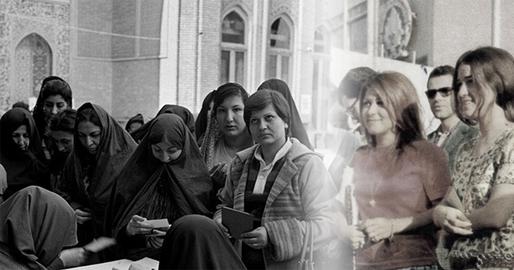

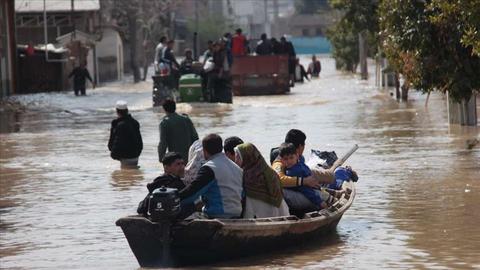

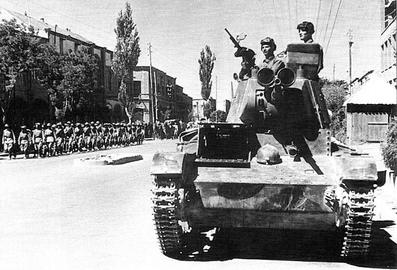
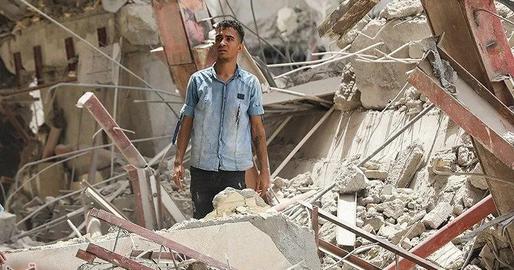





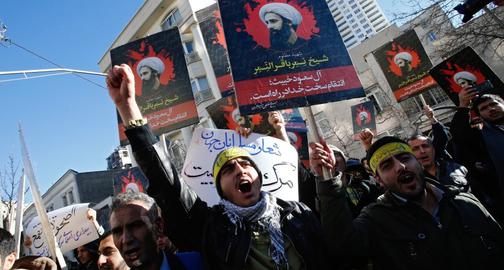
comments